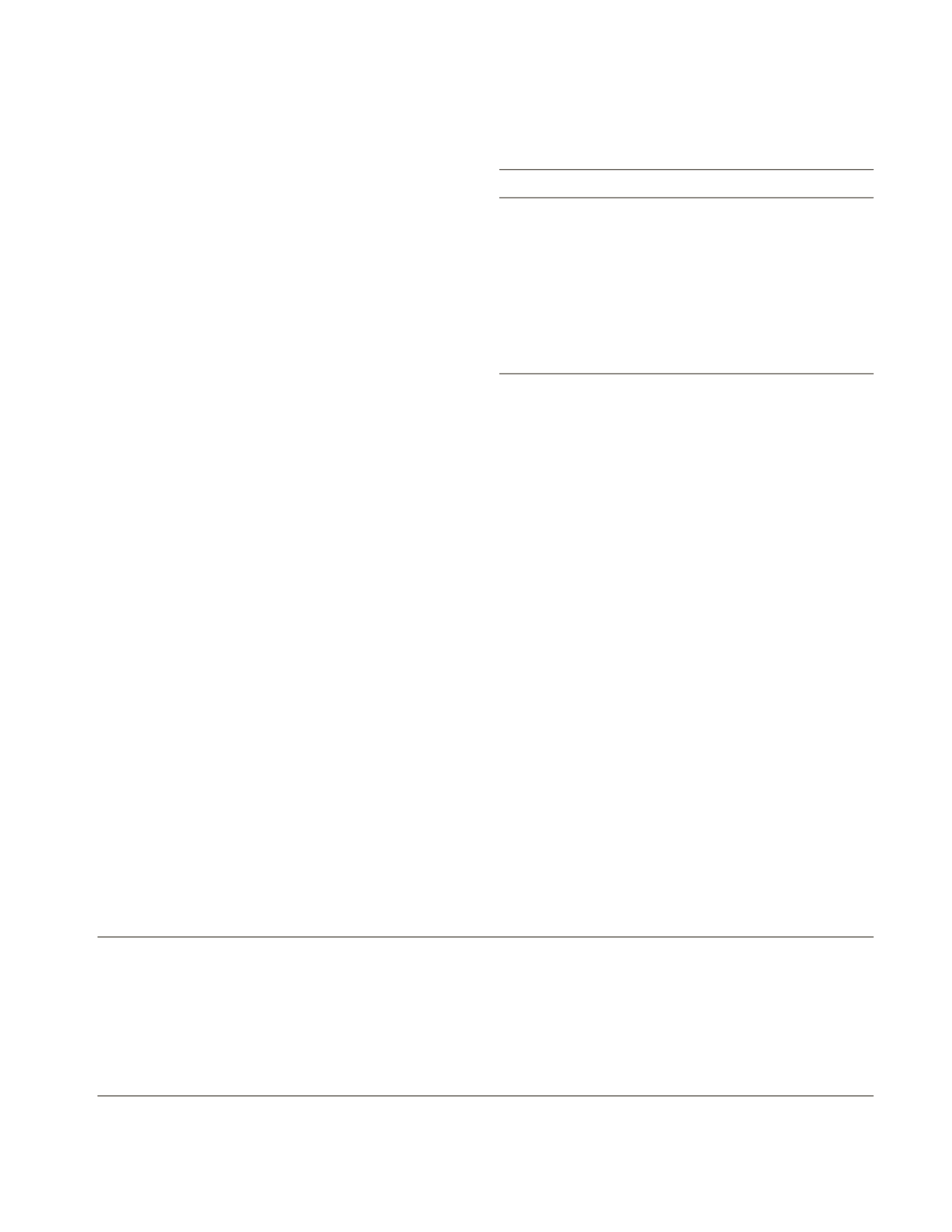
i nc lu s i ve f i nanc e i nd i a re port 2014
6
the asset class or income, the higher the degree of
exclusion.
(ii) The World Bank estimated that 59.5 per cent of
rural households did not have a savings bank
account; the figure was 70 per cent in the case of the
landless/marginal farmers’ category (Basu, 2006).
(iii) Data from the 2011 Census of India indicates
that 58.7 per cent of the households in India avail
of banking services (144.8 million out of 246.7
million)—54.5 per cent in rural areas and 67.7
per cent in urban areas. The comparable figure
for Census 2001 was 35 per cent (Government of
India, 2013).
(iv) Chattopadhyay (2011) classified Indian states into
three categories, i.e., states having high, low and
mediumextent of financial exclusion using the Index
of Financial Inclusion
16
(Table 1.1) which is based
on three basic dimensions—(i) banking
penetration
,
referring to the size of the banking population hav-
ing a bank account as a percentage of the overall
population in a geographical area; (ii)
availability
of the banking services, measured by the number
of bank outlets per thousand population; and (iii)
usage
of the banking system with the volume of
outstanding deposit and credit as a proportion of
net domestic district product as the criteria.
(v) The Global Financial Inclusion Index (Global
Findex)
17
measures how people in 148 countries—
including the poor, women, and rural residents—
save, borrow, make payments and manage risk
(Table 1.1). As per the Global Findex, in India
only 35 per cent of adults over the age of 15 had an
account with a formal institution (44 per cent of
males and 26 per cent of females) and 8 per cent
took a formal loan. More detailed findings were
reported in the
Microfinance State of the Sector
Report 2012
.
(vi) The Financial Access Survey (FAS) database of the
International Monetary Fund (IMF) currently
contains annual data for 189 jurisdictions covering
a nine-year period (2004–12). The latest data for
India (2012) (Table 1.2) suggests that there were
on an average 892 deposit accounts with commer-
cial banks for every adult and 23 household loan
accounts for every 1000 adults (Table 1.2). The
extent of financial exclusion in India is found to be
higher than many developed and some of the major
emerging economies (see Appendix 1.1).
(vii) Most recently, theMorCommittee (2013) estimated
using certain assumptions, that the overall India
number for financial inclusion was 36 per cent [i.e.,
proportion of eligible population having at least one
bank account, eligible population being individuals
aged 18 years and above based on Census 2011 (as
against 35 per cent by the Global Findex above)].
T
ABLE
1.2
Access To and Use of Financial Services in India (2012)
Commercial bank branches per 1,000 km
2
33.17
Commercial bank branches per 100,000 adults
11.38
ATMs per 1,000 km
2
32.67
ATMs per 100,000 adults
11.21
Outstanding deposits with commercial banks
68.64
Outstanding loans from commercial banks
54.24
(% of GDP)
(% of GDP)
Deposit accounts with commercial banks
1,042.48
Loan accounts with commercial banks
151.06
per 1,000 adults
per 1,000 adults
Household deposit accounts with commercial
892.49
Household loan accounts with commercial banks
23.54
banks per 1,000 adults
per 1,000 adults
Source
: International Monetary Fund (2013).
T
ABLE
1.1
Index of Financial Inclusion
Degree of financial exclusion States
High (0.5 < IFI ≤1)
Kerala, Maharashtra, Karnataka
Medium (0.3 ≤ IFI <0.5)
Tamil Nadu, Punjab, Andhra
Pradesh, Sikkim, Himachal
Pradesh, Haryana
Low (0 ≤ IFI <0.3)
West Bengal, Uttar Pradesh,
Gujarat, Tripura, Bihar, Assam,
Nagaland, Manipur, Mizoram,
Madhya Pradesh, Arunachal
Pradesh, Orissa Rajasthan
Source
: Chattopadhyay (2011).


